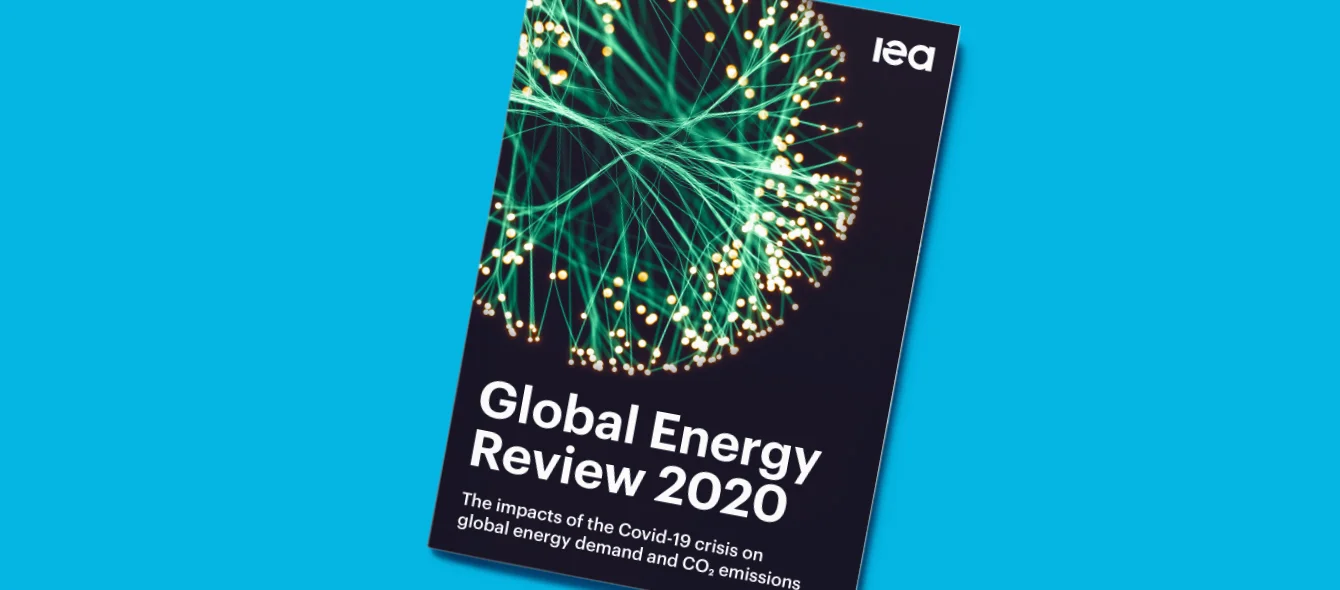The International Energy Agency (IEA) published in April its Global Energy Review 2020, making an initial assessment of the huge impact the coronavirus (Covid-19) has had on the energy sector. The IEA describes the pandemic as “a once-in-a-century crisis” and says that great uncertainty still surrounds public health, the world economy and the energy industry over the course of the year. It also underlines the critical role secure electricity systems have played in providing power for healthcare and the expansion of teleworking during the crisis.
Recession looms
The world economy is expected to enter a recession as a result of the pandemic, shrinking by about 3%, according to the International Monetary Fund.
Europe will be particularly hard hit. The European Commission, in its Spring 2020 Economic Forecast, estimates the euro area will contract by 7.75% this year, rebounding by 6.25% in 2021. The effects will be uneven, depending on the nature of each countries‘ economy. Poland is expected to weather the storm best with GDP falling 4.25%, while Greece will see a much severer contraction of 9.75%.
Energy demand
The IEA found that countries that have put in place a full lockdown were experiencing a 25% decline in energy demand per week in April and that countries with a partial lockdown were seeing an average 18% drop. For the EU, energy demand dropped 5% year on year in the first quarter before full lockdowns came into effect in April. Energy demand in 2020 is expected to be around 10% lower than in 2019, almost double the impact of the 2009 financial crisis. Europe’s electricity demand is expected to fall furthest because its services sector plays a proportionately large role in its economy and non-essential services have been worst hit by Covid-19 containment measures. The IEA expects that globally over the whole year oil demand will drop 9%, equivalent to about 9 million b/d, coal demand could fall 8%, largely as a result of a near 5% reduction in electricity use, while the loss to gas demand is expected to exceed the 2% seen in the first quarter of the year.
Resilient renewables
A bright spot is the rise in renewable energy consumption. This is the result of capacity increases and because some renewable energy sources, like wind and solar, are not demand responsive. As they have no fuel cost, they continue to run and in many electricity systems, particularly in Europe, benefit from priority dispatch, which means that as the cleanest energy sources they are always used first, if they can be.
As a result, electricity systems across the EU are operating with much higher proportions of renewable electricity than would normally be the case – an unexpected demonstration of what the electricity system might look like as Europe progresses towards its 2030 and 2050 climate change targets. Globally, the IEA says low carbon electricity is expected this year to reach 40% of the power mix. Owing to the proportionately higher use of renewable electricity amid the demand slump, there will also be a large fall in carbon dioxide emissions this year. The IEA estimates this drop at almost 8%, or 2.6 gigatonnes, which would reduce global carbon emissions to levels not seen since 2010. This steep decrease is six times larger than the one seen after the 2009 financial crisis. However, the IEA warns that in previous crises the rebound in emissions has outstripped the decline.
What future awaits?
Each of the forecasting bodies highlights the high degree of uncertainty that remains, particularly if a second wave of the virus emerges, potentially resulting in additional lockdowns in the autumn. The IEA describes either a ‘U’-shaped or ‘V’-shaped recovery, i.e. fast or slow. A U-shaped recovery would see a relatively quick return of demand for all energy commodities, while a V-shaped recovery would continue to benefit renewable energy sources over traditional fuels.
However, the IEA also looks ahead to ask whether there will be permanent shifts in the pattern of energy demand and supply as a result of the pandemic, saying that the energy sector which emerges from the crisis “will be significantly different from the one that came before.” In particular, as governments prepare to spend money to ward off the impact of recession, the IEA says investment should be focussed on clean technologies in an effort to put future economic growth on a more sustainable footing.
Focus areas
The agency highlights three areas in particular: hydrogen, batteries and energy efficiency. Both hydrogen and batteries are critical technologies which depend on the expansion of renewable energy capacity, allowing electricity systems to smooth the highs and lows of variable generation, facilitate the spread of electromobility and transition away from fossil fuels in heating. The agency also says that renewable energy-focused companies will emerge in the best financial position as those exposed to fossil fuels suffer from both lower commodity prices and lower sales volumes. The question now is whether the shift to cleaner electricity use, albeit in a low demand situation, and changes in working practices and social activities, prove temporary or long-term.
Photo credit: © IEA
